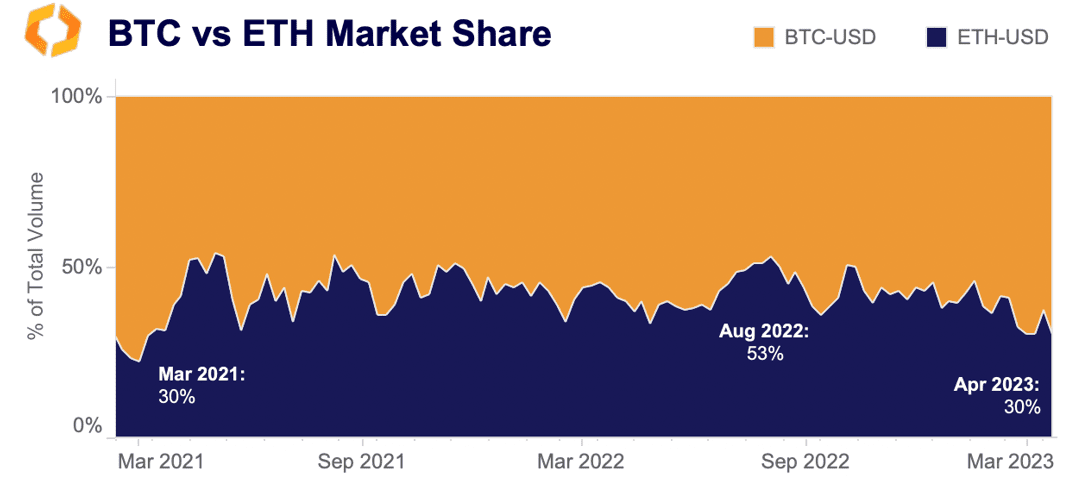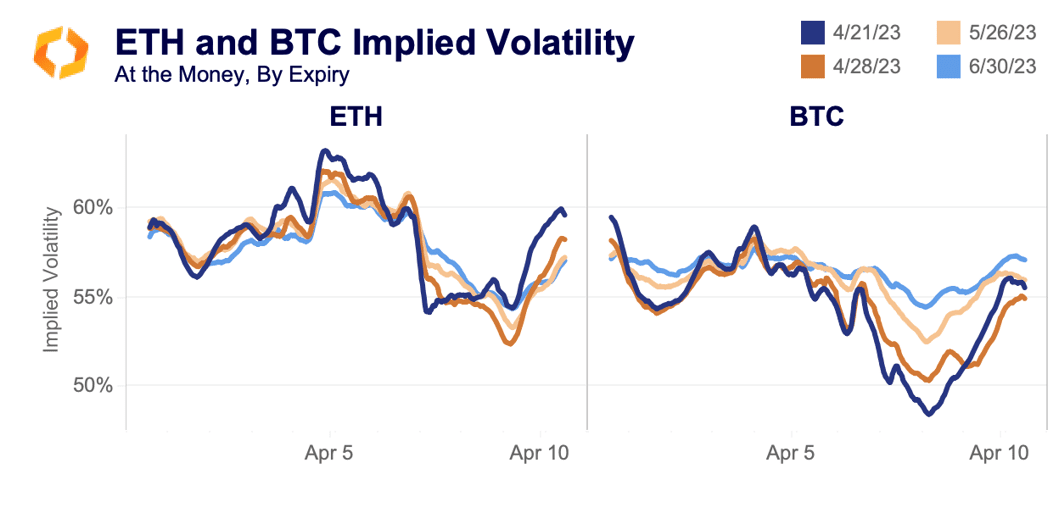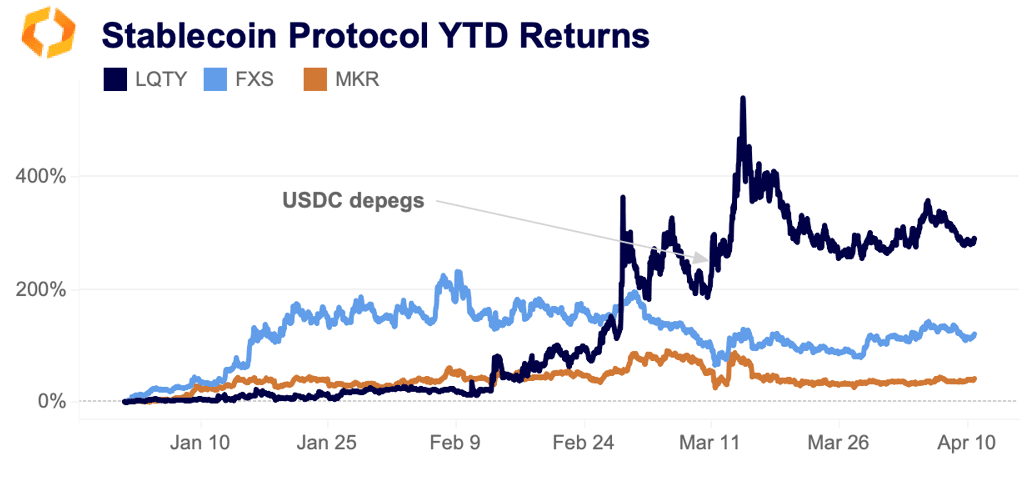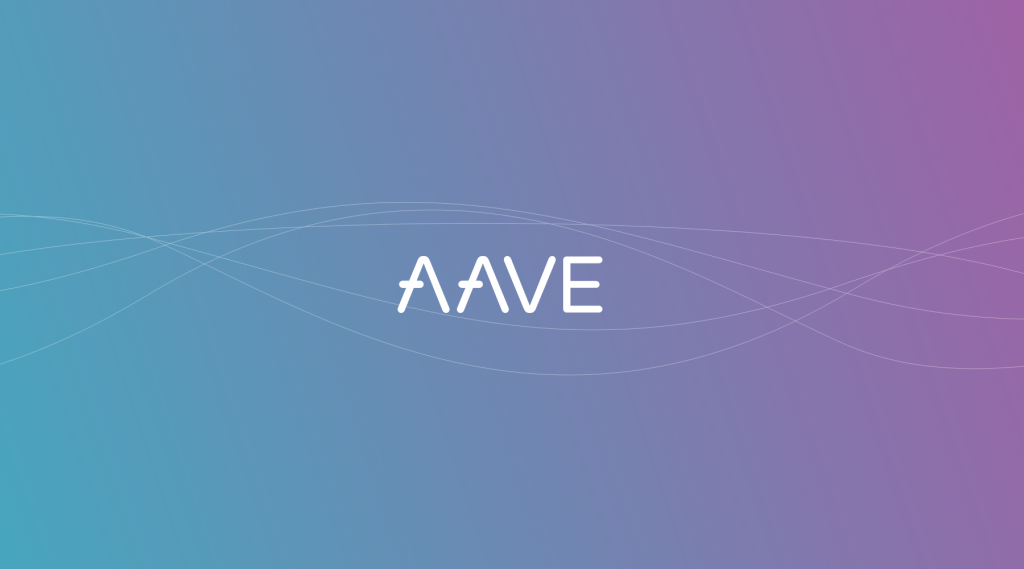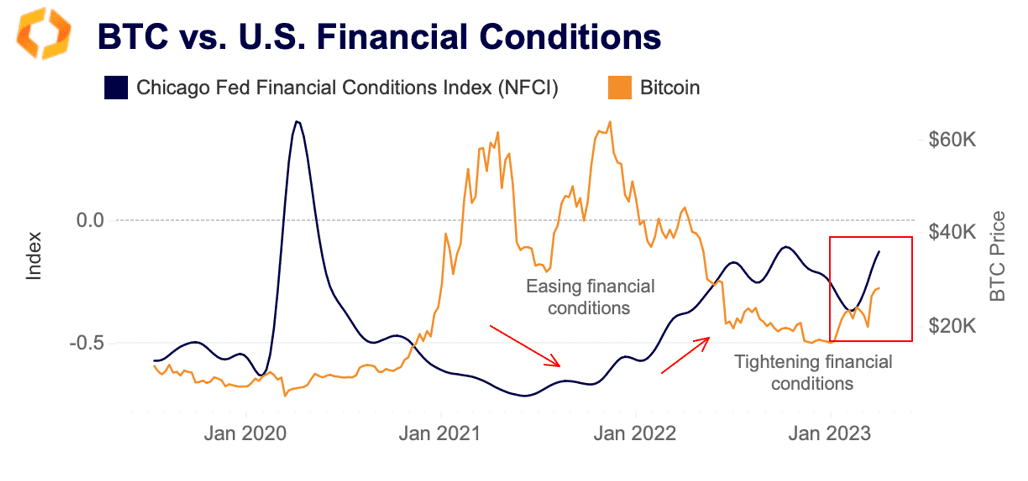A summarizing review of what has been happening at the crypto markets of the past week. A look at trending sectors, liquidity, volatility, spreads and more. The weekly report in cooperation with market data provider Kaiko.
Yesterday morning, BTC hit $30k for the first time since June 2022. Also, peer-to-peer exchange Paxful announced that it would be suspending operations, U.S. job openings hit a two-year low, and the U.S. Treasury released a report on illicit finance risks in DeFi. Today we explore:
- ETH's falling market share relative to BTC
- Massive altcoin trade volume on Korean exchanges
- SushiSwap's major struggles attracting liquidity
ETH markets lag behind BTC ahead of Shapella upgrade

This week, the most important upgrade to the Ethereum network since the merge will likely be completed. The Shapella upgrade (Shanghai + Capella) will allow staked ETH (which now numbers more than 18mn) to be withdrawn over time. This has raised some big questions: Will large stakers dump their newly unlocked tokens? Will this create more confidence in staking and thus increase participation?
Uncertainty around the upgrade has fed volatility and had a moderate impact on derivatives markets, with ETH open interest increasing by $400mn since the start of April. However, BTC continues to dominate market headlines, with open interest rising faster than ETH yesterday as prices hit their highest level since June 2022.
Overall, ETH markets have been heavily spot-driven over the past month, as measured by the perpetual futures to spot ratio, which hit its lowest level since the Merge. This is an interesting turnaround, especially considering the ratio had surged to nearly double pre-Merge levels at the start of the year amid a broad crypto rally. The ratio has been on a consistent downtrend since late February as the banking crisis and BTC rally continue to dominate market movements.
ETH's spot volumes have struggled to maintain pace with BTC's, with ETH's market share of USD volume recently hitting its lowest levels since March 2021. We look only at USD pairs to avoid the impact of Binance's zero-fee BTC trading promotion, which caused global BTC volumes to surge relative to all other cryptocurrencies without any catalysts.
As of last week, ETH spot volumes relative to BTC were jut 30%. The last time spot market share was this low was March 2021. Right before the Merge in August 2022, spot volumes hit an all time high at 53% market share. While spot and derivatives are lagging BTC, ETH options markets are reflecting the uncertainty around the upgrade.
ETH’s implied volatility - particularly for April expiries - has been higher than BTC’s at nearly every point over the past week. Set next to BTC, it’s clear how different ETH’s volatility structure has become ahead of the upgrade. The nearest expiry for ETH has generally had the highest IV of any expiry, while BTC has shown the opposite, with longer term expiries pricing in more volatility. Additionally, all ETH expiries have moved closely with one another while the longer BTC expiries have remained stable, again indicating that there is more uncertainty - particularly in the long term - in ETH derivatives markets.
LQTY remains a top performer in wake of USDC depeg
LQTY, the token for the stablecoin protocol Liquity, has been a top performer this year, with its rallies sparked by troubles facing other stablecoins, namely BUSD and USDC. The token first surged in late February as Paxos announced that it would cease issuing BUSD, then again following USDC’s depegging. Liquity’s stablecoin LUSD can only be minted using ETH, meaning it was not exposed to the depegging, whereas FRAX and DAI both depegged alongside USDC because the stablecoin is a large part of their backing. The tokens associated with FRAX and DAI, FXS and MKR, have also registered gains this year despite their associated stablecoins depegging, with MKR up 40% and FXS up 120%.
SushiSwap volumes continues to struggle
In the last 66 weeks, Sushi has only registered more weekly volume than Uniswap V2 once: the week of Christmas, when it did $100mn in volume compared to Uniswap V2’s $81mn. This fact somehow understates Sushi’s troubles, as it has been unable to compete with V2, let alone Uniswap V3, which has registered over $4bn weekly volume in all but 8 of its 101 weeks of existence.
The DEX's struggles were further exacerbated when the SEC served Sushi’s Head Chef with a subpoena. Then, this weekend over $3mn was stolen from users on the protocol. In its latest attempt to attract volume, Sushi forked Uniswap V3’s code, which became open source at the beginning of the month.
Liquid staking token liquidity triples ahead of Shanghai
While the majority of ETH liquid staking derivatives (LSD) trading takes place on DEXs, liquidity on centralized exchanges has improved substantially since the Shapella upgrade was announced. At that time, there was less than 150 cbETH worth of bids within 1% of the mid price on Coinbase; Bybit and Huobi together had just 25 stETH worth. Since the announcement bid depth has surged, led by Coinbase’s cbETH-ETH pair, which has become more than four times deeper while the cbETH-USD pair doubled.
stETH pairs still remain very illiquid compared to the token’s supply, with the Bybit stETH-USDT pair's 1% bid depth at 65 stETH and Huobi at just 15 stETH. Again, most trading of ETH LSDs takes place on DEXs, but it will be important to monitor how these tokens’ liquidity fares once withdrawals are enabled.
Bitcoin shows resilience to tightening macro liquidity
Historically, BTC has shown a negative correlation with the Chicago Fed National Financial Index (NFCI), which is a gauge of financial conditions in the U.S. Rising NFCI typically indicates declining liquidity and leverage along with higher volatility and risk premia. Thus, BTC tends to rise when financial conditions ease and fall when they tighten. However, despite the significant tightening of financial conditions, BTC has weathered the banking turmoil well, rising by over 44% since the collapse of SVB on March 10.
Tokenized gold reaches new high
Last week, tokenized gold assets surpassed $1bn in combined market cap. Tokenised gold offers an alternative method to owning gold, allowing investors to avoid the gold ETF fees, which has been one of the most popular ways to invest in gold in recent years. The two largest gold stablecoins, pegged to the price of gold, are Tether Gold (XAUT) and Paxos Gold (PAXG). XAUT charges a 0.25% fee for creation and redemption of tokens while PAXG charges a 0.02% on-chain transaction fee.
Volumes have increased recently, with Tether Gold commanding the majority of volumes, bucking the previous dominance of Pax Gold. Tether Gold jumped from just a 1% market share of volumes to 85% of volumes last week in what looks to be methodical transactions.



